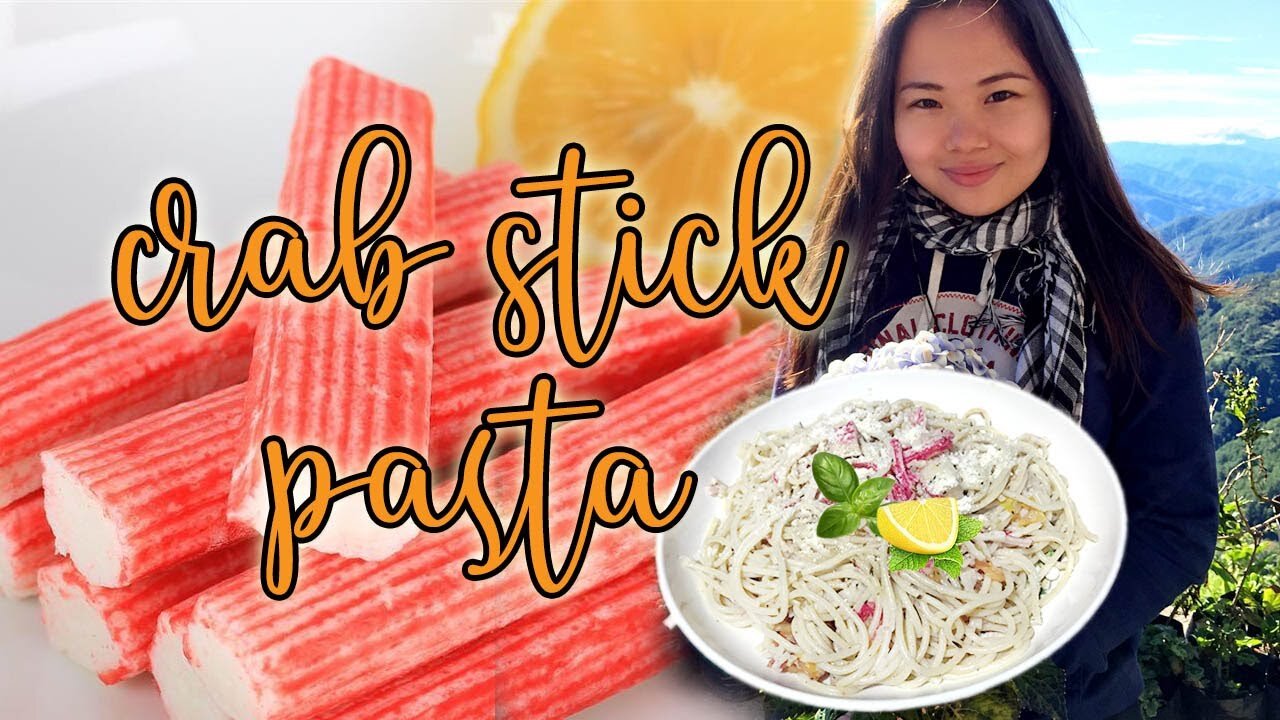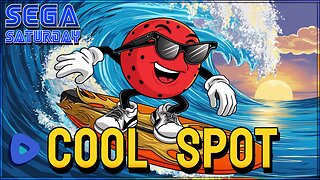Premium Only Content

Quick and Easy CRAB STICK PASTA
Quick and Easy CRAB STICK PASTA
Crab sticks, krab sticks, imitation crab meat or seafood sticks are a type of seafood made of starch and finely pulverized white fish (surimi) that has been shaped and cured to resemble the leg meat of snow crab or Japanese spider crab. It is a product that uses fish meat to imitate shellfish meat.
Alternative names: imitation crab meat, seafood ...
Main ingredients: white fish
Chances are, you’ve eaten imitation crab — even if you didn’t realize it.
This crab stand-in has become popular over the past few decades and is commonly found in seafood salad, crab cakes, California sushi rolls and crab rangoons.
In short, imitation crab is processed fish meat — in fact, it’s sometimes called “the hot dog of the sea.” However, you may still wonder what it’s made from and whether it’s healthy.
What Is Imitation Crab?
Imitation crab is made from surimi — fish flesh that has been deboned, washed to remove fat and unwanted bits, then minced into a paste. This paste is blended with other ingredients before being heated and pressed into shapes that mimic crab meat.
While imitation crab is made from seafood, it generally contains no crab — other than a tiny amount of crab extract that is sometimes added for flavoring.
Pollock, which has a mild color and odor, is commonly used to make surimi. This fish is also used to make fish sticks and other breaded fish products .
Packages of crab-like products may be labeled “imitation crab,” “crab-flavored seafood” or “surimi seafood” but must follow government labeling rules. In Japan, surimi-based seafood is often called kamaboko .
Nutritionally Inferior to Real Crab
Real crab is significantly higher in several nutrients compared to imitation crab.
Though both have a similar number of calories, 61% of imitation crab calories come from carbs, whereas 85% of Alaska king crab calories come from protein — with none from carbs.
If you’re trying to increase your protein intake and reduce your carb intake — for instance, if you’re on a low-carb or ketogenic diet — real crab would better fit your goals.
Compared to imitation crab, real crab is also significantly higher in several vitamins and minerals — including vitamin B12, zinc and selenium. This is partly because some nutrients are rinsed away during surimi processing.
On the other hand, real crab tends to be higher in sodium than imitation crab, though both make a big contribution toward the daily limit of 2,300 mg. Salt is often added to both real and imitation crab, though the amount varies by brand.
Lastly, real crab is generally higher in omega-3 fatty acids than imitation crab. Though omega-3-rich oil could be added to imitation crab, this isn’t prevalent.
Don't Forget to Subscribe to my channel so that you can be updated on new cool videos from Red TV.
Follow me on FACEBOOK and Instagram
FACEBOOK
/ glenjohn.dpooprince
/ glenjohn
-
 LIVE
LIVE
Phyxicx
8 hours agoFinal Fantasy XIV - Finishing Stormblood - 1/11/2025
1,378 watching -
 9:21
9:21
BlackDiamondGunsandGear
8 hours agoBest of Both AR-15 + Ak47 = CMMG Mutant DISSENT
31.6K7 -
 4:27:23
4:27:23
JdaDelete
19 hours ago $9.67 earnedCool Spot - Sega Saturday + Pizza Tower (Encore)
85.3K6 -
 14:13
14:13
Tundra Tactical
4 hours ago $1.81 earnedMatt Livelsberger: Master Spy or Tragic Downfall?
13.6K4 -
 4:50:45
4:50:45
Rotella Games
9 hours agoMake the Manor Great Again | The Bread Chronicles | Day 2
45.9K2 -
 9:26
9:26
Jamesons Travels
1 day ago $5.51 earnedShawn Ryan CLOWNS Intel Expert & It GETS WEIRD!
35.3K6 -
 2:09:52
2:09:52
Jewels Jones Live ®
1 day agoTRUMP'S GOLDEN AGE | A Political Rendezvous - Ep. 105
59.9K31 -
 1:14:28
1:14:28
Michael Franzese
18 hours agoThe Hidden Cause of LA's Deadliest Fires in 2025?
79.1K156 -
 3:59:45
3:59:45
Bitcoin Sports Network
11 hours agoMax & Stacy Invitational Day 2 Part 1 - LIVE from El Salvador
139K11 -
 1:34:30
1:34:30
The Criminal Connection Podcast
5 days ago $2.61 earnedEL PACO: Gypsy Family Wars, Bare Knuckle Boxing, Assassinations and Spirits!
66.9K4